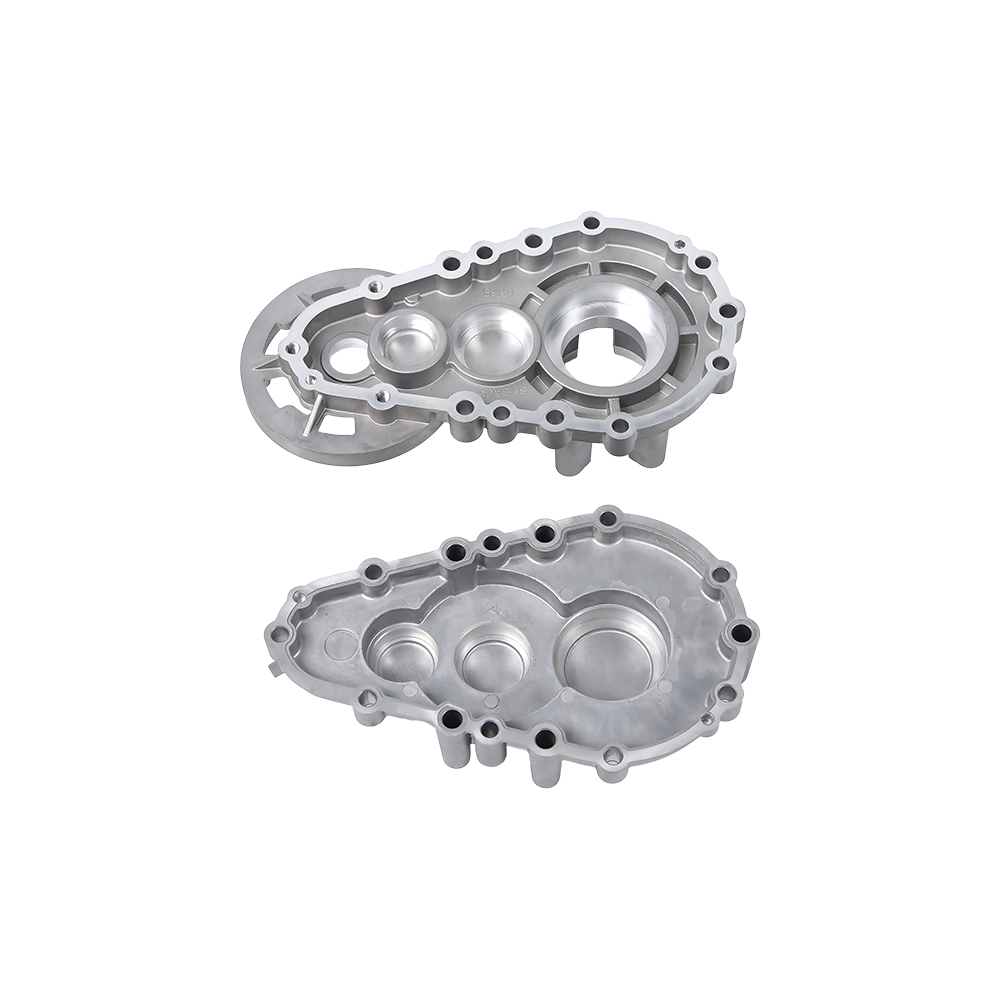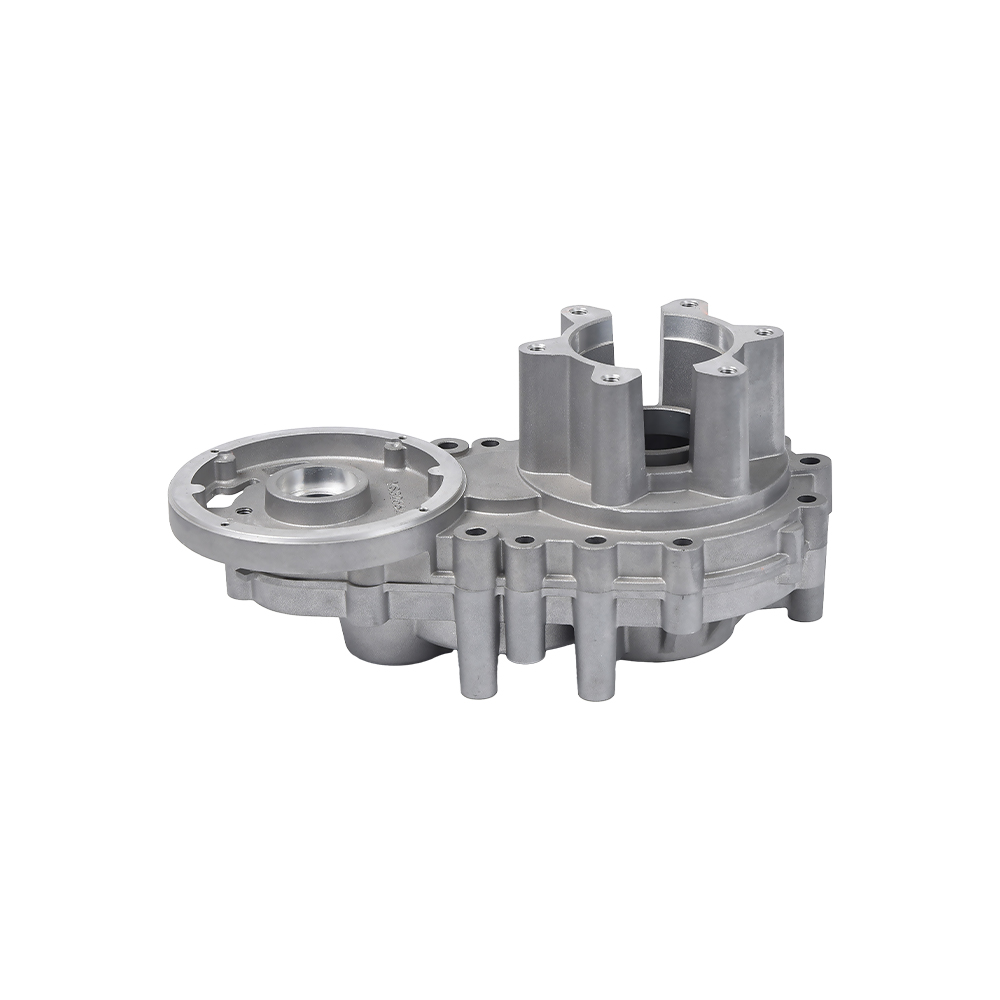The motorcycle crankcase is one of the core components of the engine, responsible for supporting and accommodating key moving parts such as the crankshaft and connecting rod, while storing and circulating engine oil to ensure normal lubrication and operation of the engine.
1. Basic structure and location
Shell: usually cast from high-strength aluminum alloy, divided into upper and lower halves, tightly fixed by bolts.
Internal space: accommodates crankshaft, connecting rod, piston (some models), and transmission gear (some integrated designs).
Installation position: located in the lower part of the engine, directly connected to the cylinder block, and some models are integrated with the gearbox.
2. Core functions
Supporting crankshaft movement: providing stable bearing seats for crankshaft rotation and withstanding the explosive force of piston connecting rods.
Oil storage and circulation: The bottom serves as an oil pan to store oil, which is transported to various lubrication points through an oil pump.
Sealing and pressure control: Seal the crankshaft chamber and balance the internal air pressure with the ventilation system to prevent oil seal leakage.
Power transmission assistance: Some models integrate primary transmission gears to transmit power to the clutch.
3. Common classifications
Dry crankcase: specifically designed for racing or high-performance cars, with oil stored in a separate tank to reduce crankshaft agitation resistance.
Wet crankcase: a mainstream design for ordinary motorcycles, with oil stored directly at the bottom of the box and a simple structure.
4. Fault correlation
Lubrication failure: Blockage or leakage in the oil circuit can cause the crankshaft and connecting rod bearings to burn out.
Sealing aging: Leakage of the box joints or oil seals can cause oil shortage or dust intrusion.
External force damage: Collision and deformation may damage the concentricity of the crankshaft, causing severe vibration.
5. Key points of daily maintenance
Regularly check the oil level: ensure that the oil level is within the standard range (measured in cold condition).
Clean the ventilation system: Avoid high pressure inside the box caused by PCV valve blockage.
Replace the sealing gasket: It must be replaced after each disassembly to prevent poor sealing.
| Category | Key Details | Function & Importance | Maintenance Tips |
| Structure | - Cast aluminum housing (upper/lower halves)- Houses crankshaft, connecting rods, gears | - Provides rigid support for rotating assembly- Contains oil sump (wet sump design) | Inspect for cracks/damage after crashes Check bolt torque during servicing |
| Lubrication Role | - Stores & circulates engine oil- Oil pump feeds critical bearings & gears | - Prevents metal-to-metal contact- Cools high-friction components | Use only specified oil grade Low oil = engine seizure risk |
| Sealing System | - Gaskets/seals prevent leaks- Breather maintains internal pressure | - Keeps contaminants out- Avoids oil loss or air ingestion | Replace seals during rebuilds Clean breather hoses annually |
| Performance Types | Wet Sump: Standard (oil in crankcase) Dry Sump: Race bikes (external tank) | - Wet: Simpler/cheaper- Dry: Reduced oil starvation | Dry sump needs frequent oil level checks Wet sump requires correct fill volume |
| Failure Signs | - Knocking noises (bearing wear)- Oil leaks at seams- Milky oil (coolant mix) | - Immediate attention required- Ignoring leads to catastrophic damage | Pressure test if leaks persist Never run with abnormal sounds |

 English
English русский
русский Español
Español










